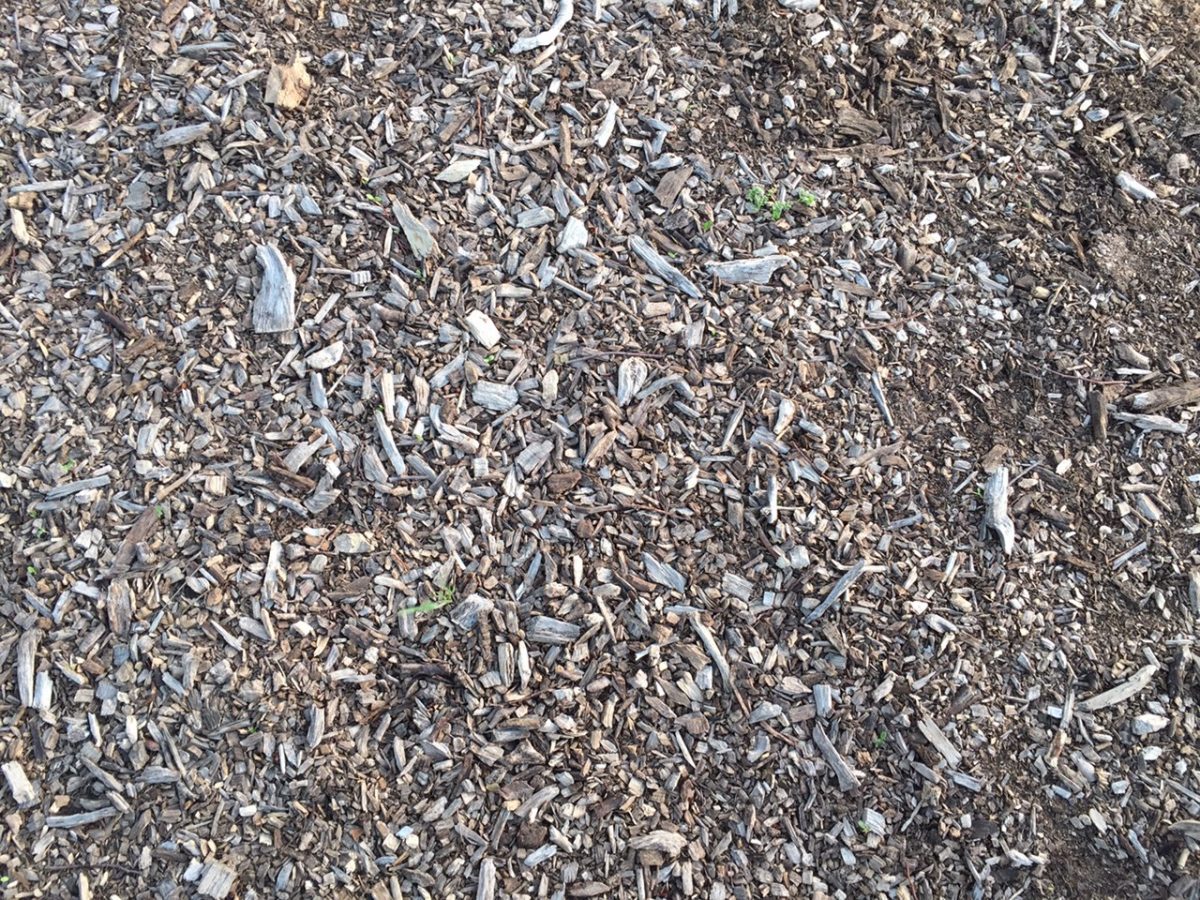
In a kind of parable, Nietzsche describes what he calls the three transformations of the spirit. The first is that of the camel, of childhood and youth. The camel gets down on his knees and says, “Put a load on me.” This is the season for obedience, receiving instruction and the information your society requires of you in order to live a responsible life.
But when the camel is well loaded, it struggles to its feet and runs out into the desert, where it is transformed into a lion — the heavier the load that had been carried, the stronger the lion will be. Now, the task of the lion is to kill a dragon, and the name of the dragon is “Thou shalt.” On every scale of this scaly beast, a “thou shalt” is imprinted: some from four thousand years ago; others from this morning’s headlines. Whereas the camel, the child, had to submit to the “thou shalts,” the lion, the youth, is to throw them off and come to his own realization.
And so, when the dragon is thoroughly dead, with all its “thou shalts” overcome, the lion is transformed into a child moving out of its own nature, like a wheel impelled from its own hub. No more rules to obey. No more rules derived from the historical needs and tasks of the local society, but the pure impulse to living of a life in flower.
For the camel, the “thou shalt” is a must, a civilizing force. It converts the human animal into a civilized human being. But the period of youth is the period of self-discovery and transformation into a lion. The rules are now to be used at will for life, not submitted to as compelling “thou shalts.” It comes the time for using the rules in your own way and not being bound by them. That is the time for the lion-deed. You can actually forget the rules because they have been assimilated. You are an artist.
